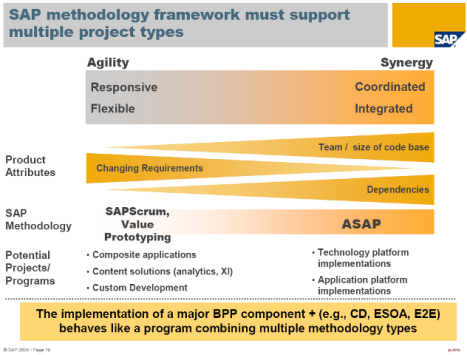After a long hike at Scout camp, there’s nothing like seeing a cooler with bug juice on tap. It’s even better when it’s real Kool-Aid, not the generic stuff. That first sip’s a step back into childhood…well, except for the fact that you need to wait for all the Scout to drink up first!
“Drinking the Kool-Aid” is another twist on the old bromide “you can catch more flies with honey than vinegar.” In this case, Scouts are notorious for refusing to drink enough water to stay hydrated. Heat exhaustion is perhaps the most common reason Scouts head to the medic, though homesickness and ticks are close behind. A cooler full of Kool-Aid turns that hydration chore into a treat.
The same principle applies to agile adoption. I’ve found that while agile is supposed to get an organization away from “command and control,” it’s often implemented from the top down, with a catechism, and all heretics are burned. Someone, somewhere, gets the bright idea to go agile…and everyone has to follow along. Or pretend to.
Of course, agile is just like any other change program from which you expect transformative results. Just think about the challenges that agile is supposed to address:
[P]roducts developed today are the product of massive capital investments. Product refresh cycles continue to shrink in an effort to be competitive in ever evolving markets. The risk of a failed project must be mitigated. Successful risk mitigation today relies more on benefiting from evolving knowledge rather than seeking to avoid it. — From PM College’s Agile Project Management
Such game-changing results require awareness, understanding, and buy-in from each and everyone on your teams. That’s why, before you dive into pilot projects, software spend, or a large-scale agile rollout, you should begin with a bit of discovery.
I highlighted our Agile Project Management course above because it’s a great way to start. It lets you bring together individuals who are all over the place re: agile: veterans, newcomers, and skeptics. Rather than jumping into a boot camp or selling straightaway to executives, you assemble the key players who will implement and advocate for agile together for an introduction. While you may not come out of that session singing every line on the Agile Manifesto, what you say will at least rhyme. In two days you’ll have moved along incrementally, but clearly, which is what agile is all about anyway.
Oh, and everyone on the team now has a little Kool-Aid in their back pocket…to slip in the naysayers’ vinegar.
Filed under: Agile, Collaboration, Complexity, Organizational Change Management, SCRUM, Transformation | 1 Comment »









